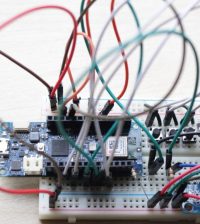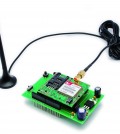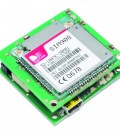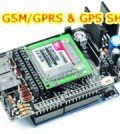- makeITcircular 2024 content launched – Part of Maker Faire Rome 2024Posted 2 weeks ago
- Application For Maker Faire Rome 2024: Deadline June 20thPosted 2 months ago
- Building a 3D Digital Clock with ArduinoPosted 7 months ago
- Creating a controller for Minecraft with realistic body movements using ArduinoPosted 7 months ago
- Snowflake with ArduinoPosted 8 months ago
- Holographic Christmas TreePosted 8 months ago
- Segstick: Build Your Own Self-Balancing Vehicle in Just 2 Days with ArduinoPosted 8 months ago
- ZSWatch: An Open-Source Smartwatch Project Based on the Zephyr Operating SystemPosted 9 months ago
- What is IoT and which devices to usePosted 9 months ago
- Maker Faire Rome Unveils Thrilling “Padel Smash Future” Pavilion for Sports EnthusiastsPosted 10 months ago
HealthyPi v3 – The Open Source Vital Sign Monitoring HAT for Raspberry Pi
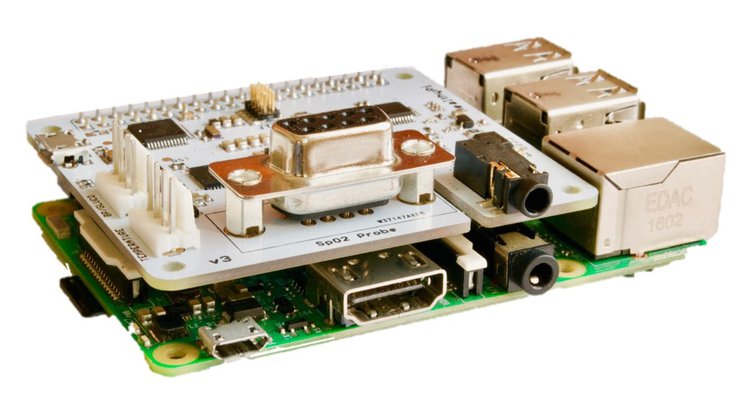
HealthyPi is the first fully open-source, full-featured vital sign monitor. Using the Raspberry Pi as its computing and display platform, the HealthyPi add-on HAT turns the Raspberry Pi into a vital sign monitoring system.
The simple, highly integrated design of the HealthyPi results in ease of manufacturing, more reliability, and lower cost. Nonetheless, some of the analog chips used here are the same ones present in professional patient monitoring systems. Protocentral has ensured that the entire system is easy to use, makes it easy to add features, easy to customize, and easy to reproduce too, if you wish. The PCB design itself is simple and the software design is simpler.
The HealthyPi was designed with not just one application in mind, but a variety of them. While it does function as a vital sign monitor for traditional patient monitoring applications, it can also be used for several other applications. You can use it with a Raspberry Pi using a display; use it with a Raspberry Pi with the official touchscreen using our “Complete Kit,” or you can use it standalone by connecting it to any computer’s USB port. The software is compatible across all platforms.
Utilizing the Raspberry Pi 3’s built-in WiFi and Bluetooth capability, the HealthyPi is ready to connect to the internet of things. This makes it very easy to get data into the cloud for any kind of analysis and/or decision-making. The built-in MQTT client in the processing GUI can send realtime vital signs data to any MQTT client/server with minimum overhead.
All the hardware schematics, layout, and BOM will be available on Github soon after the crowd supply campaign ends. This means you can modify, improve, and/or generally just hack the hardware. The hardware designs are all in Eagle, which makes it easily accessible and editable without spending a lot on expensive PCB design software. Also the firmware and the software are fully open source.
HealthyPi specs:
- ECG and respiration front-End: Uses the TI ADS1292R 24-bit analog front-end with SNR of 107 dB
- Pulse oximetry: Uses TI AFE4490 Pulse Oximetry front-end with integrated LED driver and 22-bit ADC
- Temperature: Uses Maxim MAX30205 digital body temperature sensor for skin temperature sensing
- Main microcontroller: Atmel ATSAMD21 ARM Cortex M0 – compatible with Arduino Zero
- Programmability: Arduino Zero Bootloader preloaded
- Interfaces: Raspberry Pi 40-pin header (UART pins connected), USB CDC device, extra UART connector provided for connecting an external blood pressure module
- IoT functionality: Can use the Raspberry Pi’s Wi-Fi interface to communicate with a TCP client for telemedicine applications or using an MQTT client for continuous logging applications
- GUI Compatibility: Uses processing Java-mode (compiles on MacOS/Windows/Linux/Linux-ARM platforms)
- Firmware compatibility: Compiles with Arduino or Atmel Studio
- Dimensions (board only): 65 mm x 56.5 mm x 6 mm
- Weight: 100 g
Visit the related Crowd Supply page for further informations.



